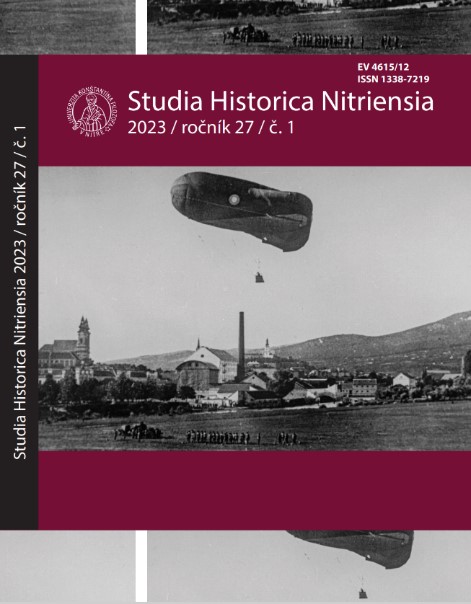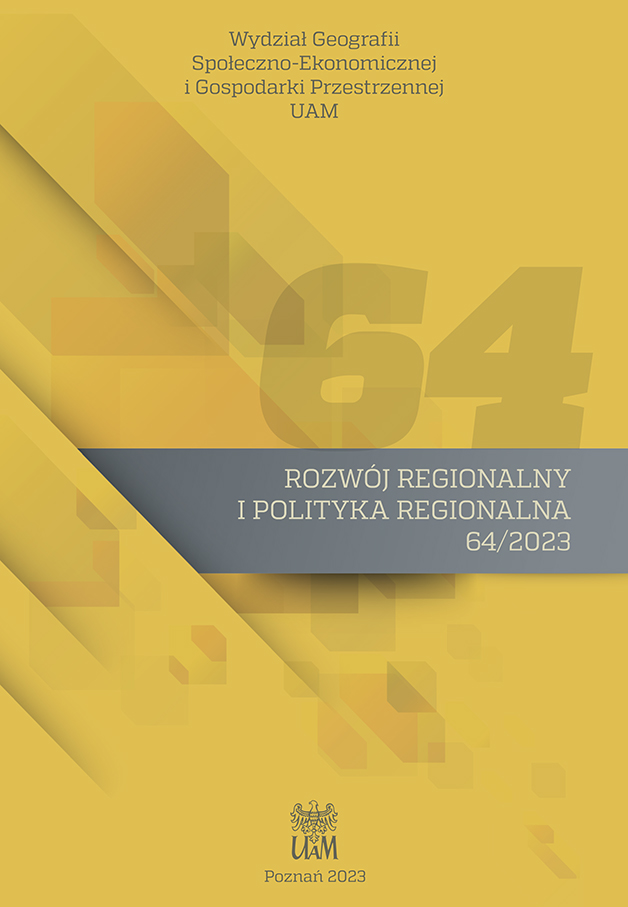
The Localization of the Ancient City of Barzand Based on Archaeological Evidence and Written Historical Sources
The Localization of the Ancient City of Barzand Based on Archaeological Evidence and Written Historical Sources
Keywords: Localization; Barzand city; Ardabil province; Archaeological evidence; historical texts;
Archaeological studies of ancient cities play an important role in recognizing their formation, development, collapse and extinction in different historical periods. The historical city of Barzand was one of the cities of the Islamic period in northwestern Iran, which had an important place in the Islamic period. The name of this city and its location on the slopes of Mount Sabalan has been mentioned in the written texts of the 9th to 13th centuries AD. Therefore, it is necessary to study and do research on it. The present study was performed by descriptive-analytical method. An attempt was made to compare the results of field studies and written historical sources with a comparative analysis to answer the following question: Which Archaeological site contains the remainders of the city of Barzand? The results of Archaeological studies and analysis of historical texts match the geographical location of Barzand city in Germi city, in the slopes of Mount Sabalan.
More...


